MARKET OVERVIEW
The Global Containerboard Market is constantly shaped by innovation, sustainability, and market demands. Containerboard, the primary raw material for corrugated packaging, plays a vital role in meeting the packaging needs of diverse industries worldwide.
This market is driven by a confluence of factors that mirror the global economic landscape and shifting consumer preferences. The surge in e-commerce activities, coupled with a growing focus on sustainable packaging solutions, has propelled the demand for containerboard to unprecedented heights. As businesses strive to strike a balance between cost-effectiveness and environmental consciousness, the containerboard market emerges as a key player in this delicate equilibrium.
Containerboard, essentially a type of paperboard, is distinguished by its strength and durability, making it the material of choice for corrugated boxes used in shipping and packaging. This market not only caters to the functional aspects of packaging but also responds to the aesthetic considerations that businesses increasingly prioritize. The versatility of containerboard allows for customization, enabling brands to create visually appealing and distinctive packaging that stands out in a crowded marketplace.
In recent times, the Global Containerboard Market has witnessed technological advancements aimed at enhancing the efficiency of production processes. Automation and digitalization have become integral to manufacturing operations, ensuring not only increased output but also improved quality control. This synergy of technology and traditional craftsmanship underscores the adaptability of the containerboard market to the demands of a fast-paced global economy.
The significance of the containerboard market extends beyond its role as a mere commodity. It is a linchpin in the broader supply chain, influencing how products are transported, stored, and presented to consumers. The market’s trajectory is intertwined with global trade patterns, as containerboard serves as the fundamental building block for the packaging materials that safeguard products on their journey from manufacturers to end-users.
Furthermore, sustainability emerges as a central theme in the narrative of the Global Containerboard Market. As environmental concerns gain prominence, the industry is driven to explore eco-friendly practices and materials. Containerboard, being recyclable and biodegradable, aligns with the growing emphasis on responsible packaging practices. This aspect not only addresses ecological concerns but also resonates with consumers who are increasingly making purchasing decisions based on the environmental footprint of products.
The Global Containerboard Market is a dynamic and integral component of the packaging industry, reflecting the interplay between technological innovation, market demands, and environmental consciousness. As the world evolves, so does the containerboard's role in shaping the future of packaging solutions. Its journey is not just a reflection of market trends but a narrative of resilience and adaptability in an ever-changing global landscape.
Global Containerboard market is estimated to reach $166.2 Million by 2030; growing at a CAGR of 2.3% from 2023 to 2030.
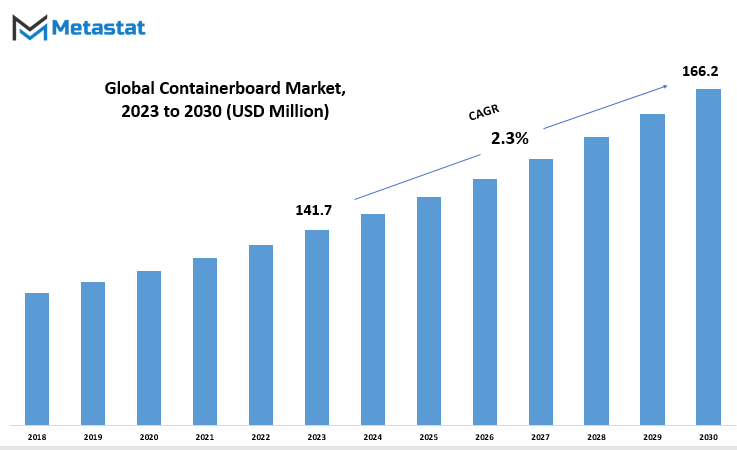
GROWTH FACTORS
The Global Containerboard Market presents a dynamic landscape shaped by various factors influencing its growth. Within this context, examining the drivers, restraints, and opportunities becomes crucial for a comprehensive understanding of the industry.
The burgeoning e-commerce sector emerges as a prominent force propelling the demand for packaging materials. The relentless surge in online shopping activities necessitates robust and efficient packaging solutions, creating a consistent need for containerboard. This trend not only reflects the changing dynamics of consumer behavior but also underscores the integral role packaging plays in the modern retail landscape.
Another significant driver steering the market is the escalating momentum of sustainable packaging trends. With an increasing emphasis on environmental consciousness, there is a notable push for eco-friendly containerboard options. This shift aligns with the broader global commitment to reduce the ecological footprint, and businesses are responding by adopting sustainable practices, thereby driving the demand for environmentally friendly packaging solutions.
However, the industry encounters its share of challenges, predominantly in the form of restraints. One such impediment is the fluctuating costs of raw materials, a factor that significantly impacts production expenses. The containerboard market's sensitivity to raw material prices underscores the vulnerability of the industry to external economic factors. The need for a stable supply chain and cost-effective sourcing strategies becomes imperative to mitigate the impact of these fluctuations.
Intense competition among containerboard manufacturers constitutes another restraint, leading to price pressures within the market. As companies vie for market share, a competitive pricing landscape ensues, compelling manufacturers to navigate the delicate balance between profitability and market presence. This scenario necessitates strategic planning and operational efficiency to sustain a competitive edge in the market.
Amidst these challenges, opportunities emerge, presenting avenues for growth and innovation. A noteworthy opportunity lies in the expansion of containerboard recycling initiatives. Fueled by the dual objectives of cost savings and environmental benefits, recycling initiatives gain prominence. Manufacturers can leverage these initiatives not only to reduce production costs but also to align with the growing global emphasis on sustainability.
The Global Containerboard Market encapsulates a complex interplay of drivers, restraints, and opportunities. The demand fueled by the e-commerce sector and the push for sustainable packaging reflects the evolving landscape of the industry. Navigating through challenges such as fluctuating raw material costs and intense competition requires a strategic approach. Embracing the opportunities presented by recycling initiatives can pave the way for sustainable growth in this dynamic market.
MARKET SEGMENTATION
By Material
The global containerboard market is a dynamic landscape, with its materials playing a pivotal role in shaping its trajectory. One of the key aspects of this market is the segmentation based on materials, where the two primary categories are Virgin and Recycled.
In 2022, the Virgin segment stood at a valuation of 76 billion USD. This material, untouched by previous use, represents a significant portion of the containerboard market. Its unique properties and qualities contribute to its economic value within the industry.
On the other hand, the Recycled segment, valued at 63.3 billion USD in 2022, reflects a growing trend toward sustainability. Containerboards produced from recycled materials not only cater to environmental concerns but also resonate with consumers who prioritize eco-friendly choices. This segment’s value underscores the increasing importance of recycling in the containerboard manufacturing landscape.
Each material segment brings its own set of characteristics to the table. Virgin materials boast purity and consistency, making them ideal for specific applications. On the contrary, recycled materials showcase a commitment to reducing environmental impact, promoting a circular economy.
The disparity in values between the Virgin and Recycled segments signifies a nuanced market dynamic. Companies and consumers alike navigate this landscape, considering factors such as cost, performance, and environmental implications. The choices made by stakeholders in this market ripple through the supply chain, influencing production practices and shaping consumer preferences.
The global containerboard market, delineated by the materials of Virgin and Recycled, presents a fascinating interplay between tradition and innovation, economic viability, and environmental responsibility. The market’s growth and direction hinge on the delicate balance struck between these material choices, mirroring the broader societal shift towards sustainable practices.
By End User
The Global Containerboard Market is segmented based on end users, categorizing them into Food & Beverage, Personal Care & Cosmetics, Industrial, and Others. This division provides a comprehensive overview of the diverse applications and demand for containerboard in various sectors.
The Food & Beverage sector is a significant player in this market, utilizing containerboard for packaging purposes. From corrugated boxes for shipping to retail packaging, containerboard finds extensive use in preserving and delivering food and beverage products.
Personal Care & Cosmetics is another key end user of containerboard. The demand in this sector is driven by the need for sturdy and attractive packaging for a wide range of personal care and cosmetic products. The ability of containerboard to protect these items while also serving as a platform for branding makes it a preferred choice.
The Industrial sector is a robust consumer of containerboard, employing it for packaging industrial goods and materials. The material’s strength and versatility make it suitable for safeguarding various industrial products during transit and storage.
The Others category has a range of diverse applications where containerboard finds utility. This catch-all classification includes sectors that may not fit precisely into the three categories but still contribute significantly to the overall demand for containerboard.
The segmentation of the Global Containerboard Market by end user allows for a nuanced understanding of how different industries leverage this versatile material. From the practicality of shipping in the industrial sector to the visual appeal in personal care and cosmetics, containerboard plays a crucial role in meeting the packaging needs across diverse industries. This segmentation sheds light on the broad spectrum of applications, underlining the adaptability and widespread usage of containerboard in the global market.
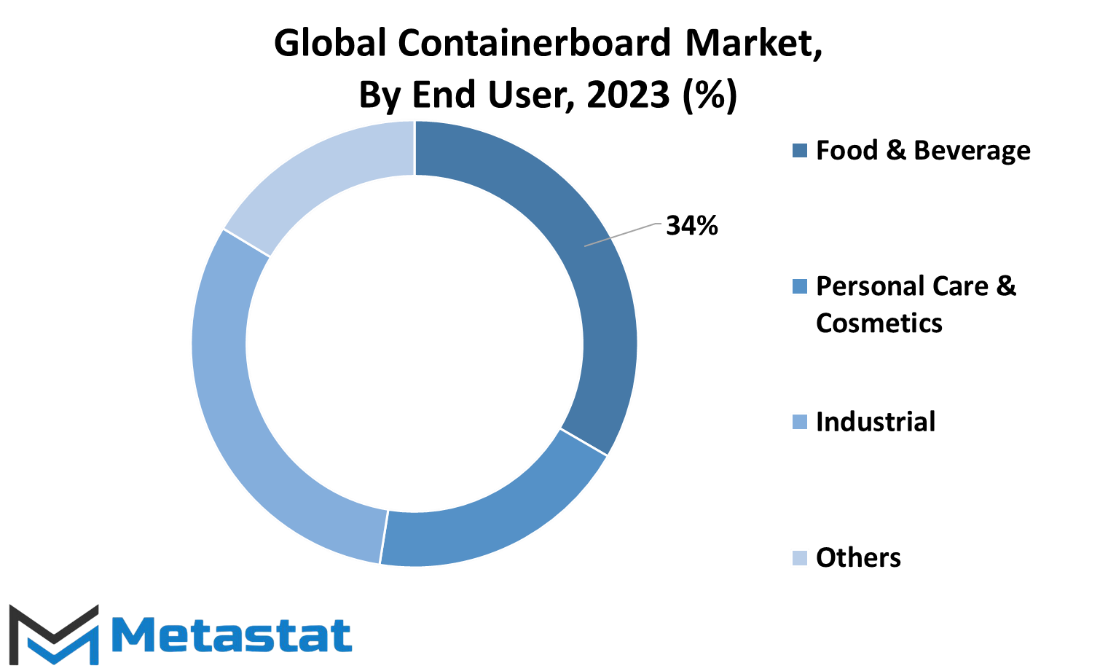
REGIONAL ANALYSIS
The examination of the Global Containerboard Market involves a comprehensive analysis of various regions. By considering the geographical aspect, we gain insights into the market dynamics and trends specific to different parts of the world.
North America, being a significant player in the market, contributes substantially to the overall scenario. The region's robust economy and a well-established packaging industry are key factors shaping the Containerboard Market. With a growing emphasis on sustainable packaging solutions, manufacturers in North America are adapting to eco-friendly practices, impacting the market trajectory.
Moving across the Atlantic, Europe exhibits its own set of dynamics. The region's mature industrial landscape and the inclination towards recyclable materials influence the Containerboard Market. Stringent environmental regulations also play a pivotal role, driving manufacturers to adopt greener alternatives in packaging solutions.
Asia-Pacific, with its burgeoning economies, emerges as a crucial hub for the Containerboard Market. Rapid industrialization and a burgeoning e-commerce sector in countries like China and India significantly drive the demand for containerboard. The region's proactive approach towards technological advancements further fuels market growth.
Latin America, with its diverse economic landscape, presents unique challenges and opportunities for the Containerboard Market. Market players need to navigate through varying consumer preferences and economic conditions across different countries within the region.
The Middle East and Africa, while being relatively smaller players in the global context, exhibit potential growth. As economies in these regions diversify, the demand for containerboard is expected to witness an upward trend, albeit with its own set of challenges.
Understanding the global Containerboard Market necessitates a thorough exploration of its regional dynamics. Each region brings forth distinct factors and influences, shaping the market landscape in its own way. Whether it's the mature markets of North America and Europe or the dynamic growth in Asia-Pacific, the interplay of geographical factors adds a layer of complexity to the overall market scenario.
COMPETITIVE PLAYERS
The global containerboard market is a dynamic landscape with key players driving its growth and shaping its trajectory. Among these influential contributors are Svenska Cellulosa Aktiebolaget SCA and Klabin S.A. These companies play pivotal roles in the containerboard industry, contributing significantly to its development and market dynamics.
Svenska Cellulosa Aktiebolaget SCA, a prominent player in the field, brings its expertise and innovative approaches to the containerboard market. With a focus on quality and sustainability, SCA has made substantial contributions to the industry's evolution. Their commitment to delivering reliable products has earned them a reputable standing, influencing the market's overall landscape.
Similarly, Klabin S.A is another key player that commands attention in the containerboard sector. Known for its dedication to excellence and customer satisfaction, Klabin S.A has had a lasting impact on the industry. Through a combination of cutting-edge technologies and a customer-centric approach, the company has successfully navigated the competitive containerboard market, solidifying its place among the industry leaders.
The containerboard market's dynamics are intricately shaped by these key players, each bringing its unique strengths and strategies to the table. SCA and Klabin S.A, through their operational prowess and commitment to quality, have become trendsetters in the containerboard industry. Their influence extends beyond individual market segments, contributing to the overall growth and sustainability of the containerboard market.
The global containerboard market is marked by the presence and influence of key players like Svenska Cellulosa Aktiebolaget SCA and Klabin S.A. Their contributions, marked by a commitment to quality and innovation, have played a crucial role in shaping the industry's landscape. As the containerboard market continues to evolve, these key players are expected to remain at the forefront, guiding the industry toward new heights of success and sustainability.
Containerboard Market Key Segments:
By Material
- Virgin
- Recycled
By End User
- Food & Beverage
- Personal Care & Cosmetics
- Industrial
- Others
Key Global Containerboard Industry Players
- Svenska Cellulosa Aktiebolaget SCA
- Klabin S.A.
- Cheng Loong Corporation (Sunfavorite Co.,Ltd.)
- Smurfit Kappa Group plc.
- International Paper
- Packaging Corporation of America (PCA)
- Mondi PLC
- SCG Packaging Public Company Limited
- Georgia Pacific LLC
- Stora Enso
- Oji Fibre Solutions Ltd
- WestRock Company
WHAT REPORT PROVIDES
- Full in-depth analysis of the parent Industry
- Important changes in market and its dynamics
- Segmentation details of the market
- Former, on-going, and projected market analysis in terms of volume and value
- Assessment of niche industry developments
- Market share analysis
- Key strategies of major players
- Emerging segments and regional growth potential



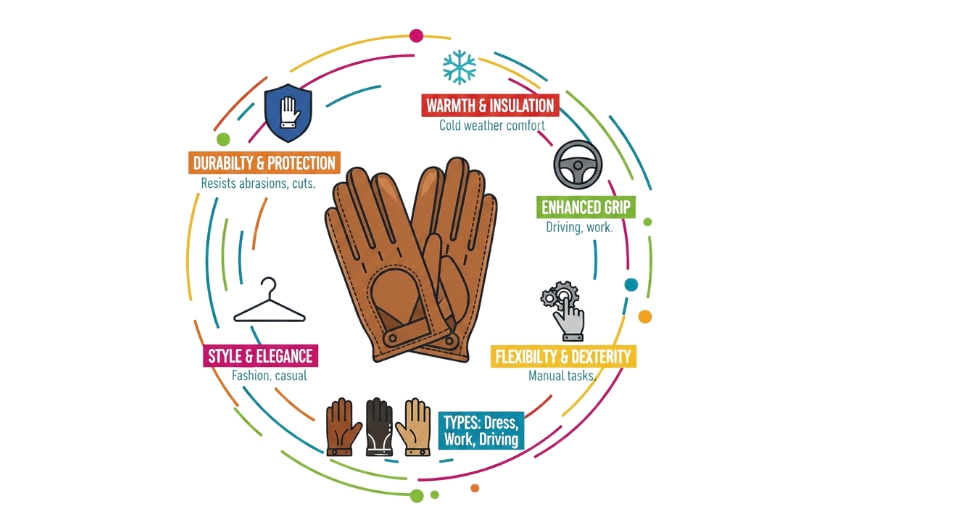
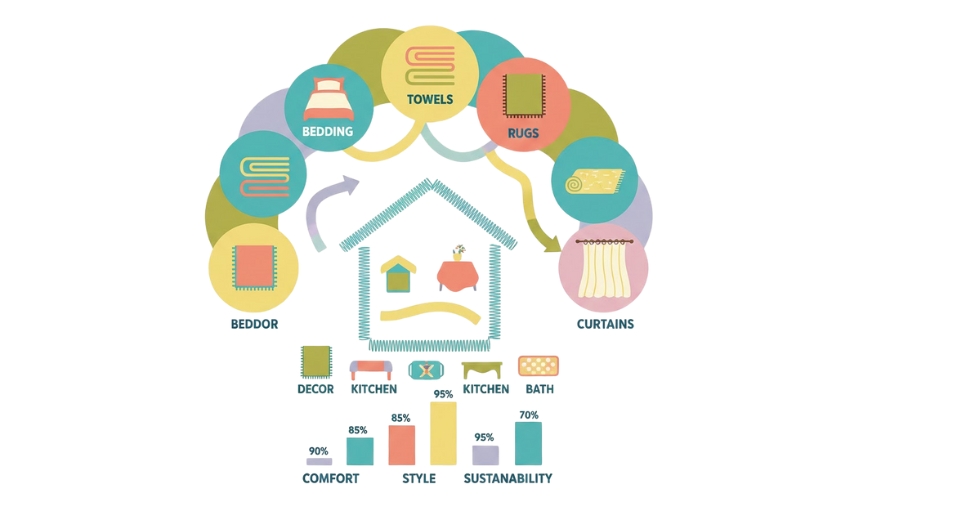

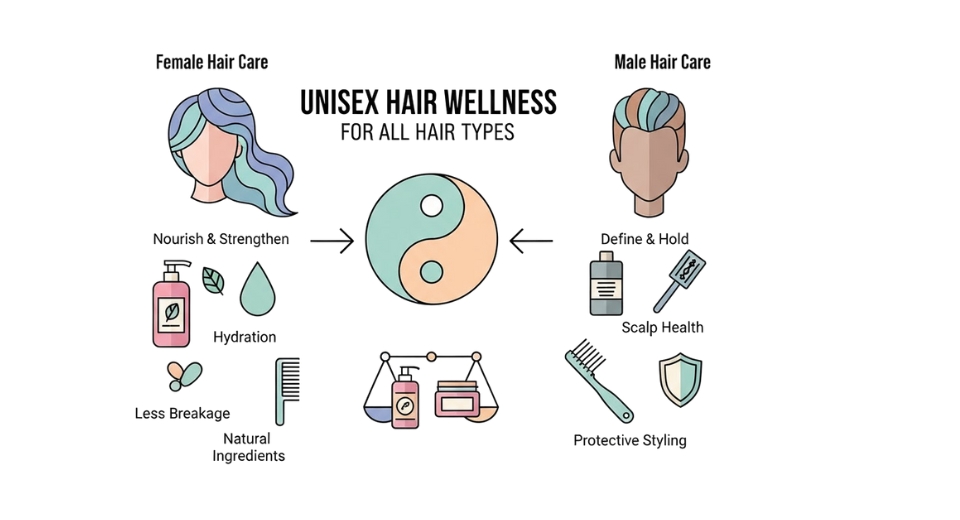

 US: +1 3023308252
US: +1 3023308252






